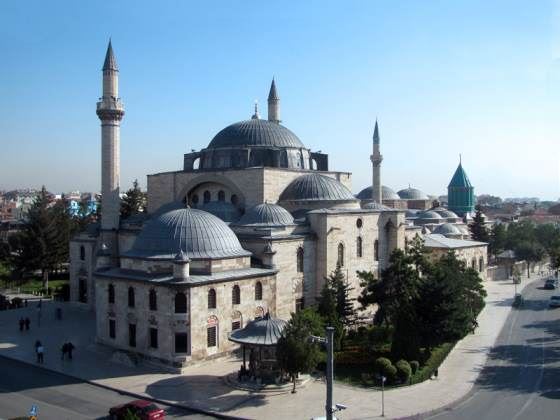

Konya
7th largest city in Turkey and capital of the eponymous province
7th largest city in Turkey and capital of the eponymous province, Konya is located on the southwestern edge of the Anatolian plateau, north of the Taurus mountains. At an elevation of
1016 m, the metropolitan area is home to over two million inhabitants and a thriving industrial centre. In September 2017 Konya was awarded the Golden Apple Trophy by the World Federation of Travel Journalists and Writers in recognition of its contribution to tourism.
Brief history
Excavations show that the area was inhabited from around 3000 B.C. It was ruled successively by Phrygians, Cimmerians and the Persian Empire until 333 B.C. when Alexander the Great defeated Darius III. It later came under the Kings of Pergamon, thereafter part of the Roman Empire under Claudius and the Byzantine Empire.
Seljuks took over in 1084 and Konya became the capital of the Sultanate of Rum between 1097 and 1243 before being incorporated into the Ottoman Empire in 1420.
Konya has become a major pilgrimage centre as the resting place of Mevlana Jalal al-Din Rumi, founder of the Sufi Mavlevi Order, best known for its Whirling Dervishes.
He was born in 1207 in Balkh (today’s Afghanistan) and died in Konya in 1273. One of the greatest Sufi poets of Islam, he was trained in Sufism by his father, famous scholars and Sufi masters.
After meeting the wandering dervish Shams al-Din from Tabriz (Iran), he experienced a thorough spiritual transformation into an ecstatic Sufi master, author of beautiful verses and couplets full of wisdom and meaning. The meeting of Shams and Mevlana is recorded as the « meeting of two seas and two oceans ».
Main places of interest
— Mevlana Mausoleum and Museum
— Aladdin, Aziziye and Selimiye Mosques
— Sirçali and Karatay Madrasas
— Mausoleum of Shams Tabriz
— Archeological, Ethnographic, Atatürk and Ince Minare Museums
— St Paul’s Catholic Cathedral
— Tropical Garden of Butterflies
— Japanese Park
— 42-storey Seljuk Tower
Excursions out of town
SILLE (8 km) is an old village crossed by a rivulet along the main street, with traditional buildings, a mosque, catacombs, the underground hammam of Haci Ali Aga and the Church of St Elena originally commissionned in 327 by Helena, mother of Emperor Constantin the Great.
Ancient troglodyte dwellings dot the hills overlooking the village.
Çatalhöyük (65 km) is one of the major neolithic archeological sites of the Near East dating back to 7500 B.C. It is built on two mounds covering 37 hectares. First discovered in 1951, it was added on Unesco’s World Heritage list in 2012
МаршрутыСтатьи по странам Россия
Осень в Воронежской области: незабываемое автопутешествие для всей семьи
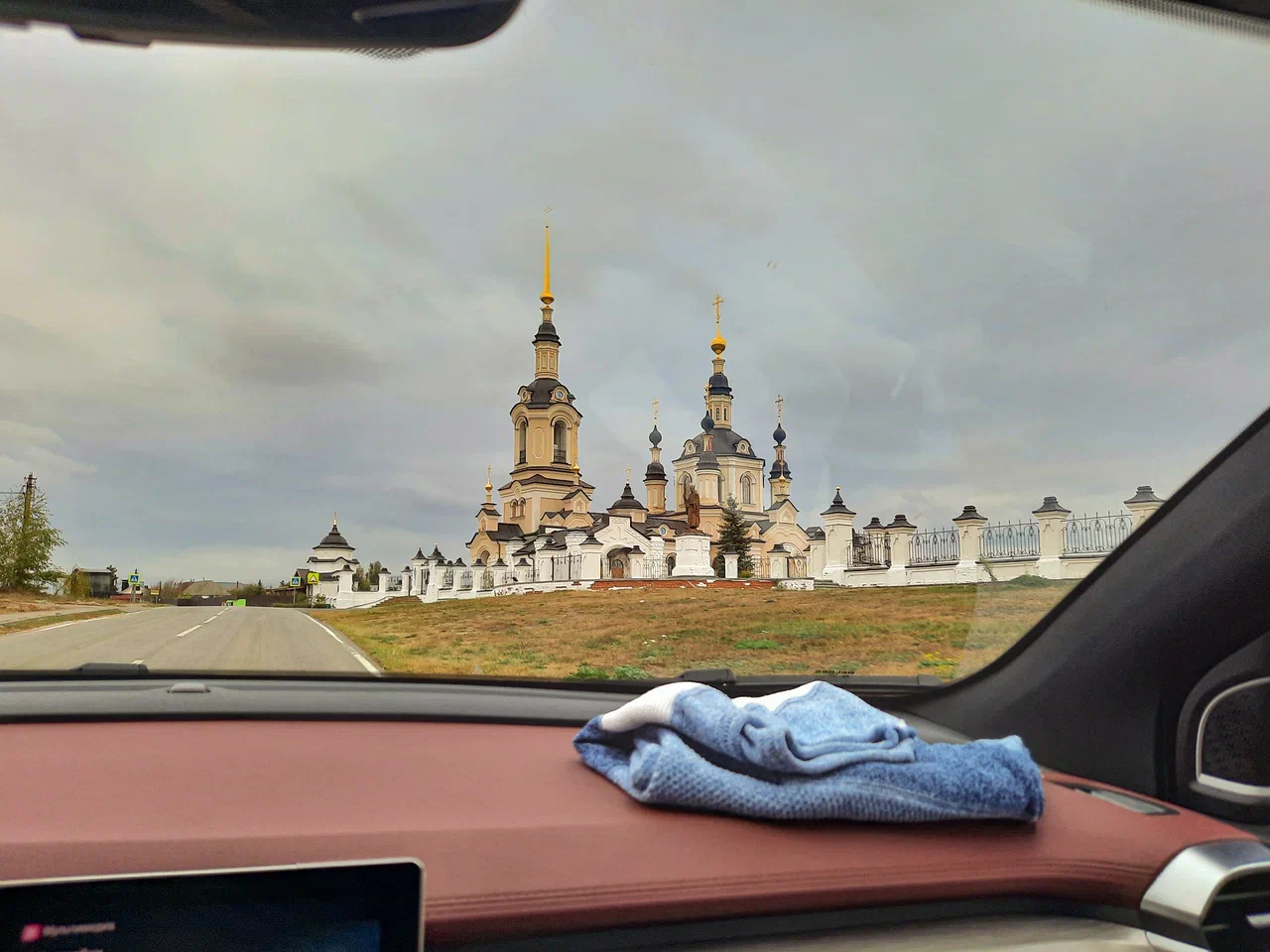
С наступлением октября в российских школах начинаются осенние каникулы, и многие родители начинают искать идеи, как сделать этот период увлекательным и полезным для своих ребёнка. Одним из лучших вариантов для незабываемого отдыха является семейная поездка на автомобиле. Если ваши предыдущие путешествия были по Подмосковью или Золотому кольцу, то вам стоит обратить внимание на Воронежскую область. Это место предлагает множество интересных активностей как для детей, так и для их родителей.
С целью продемонстрировать все возможности региона для семейного отдыха, Евразийское содружество профессионалов туристической сферы совместно с Центром поддержки предпринимательства Воронежской области организовали автопробег, посвященный семейным уикендам в этом живописном крае. Участники путешествия исследовали множество «семейных» достопримечательностей и смогли составить идеальный маршрут для своего отдыха.
Очарование природы и сказочный мир
Не доезжая от Москвы до Воронежа расположен удивительный парк, который отлично подойдёт для первой остановки — «Нелжа.ру», расположенный всего в 60 км от города. Здесь вас ждут волшебные персонажи, такие как Баба Яга, и удивительные декорации, которые окунут вас в атмосферу сказки.
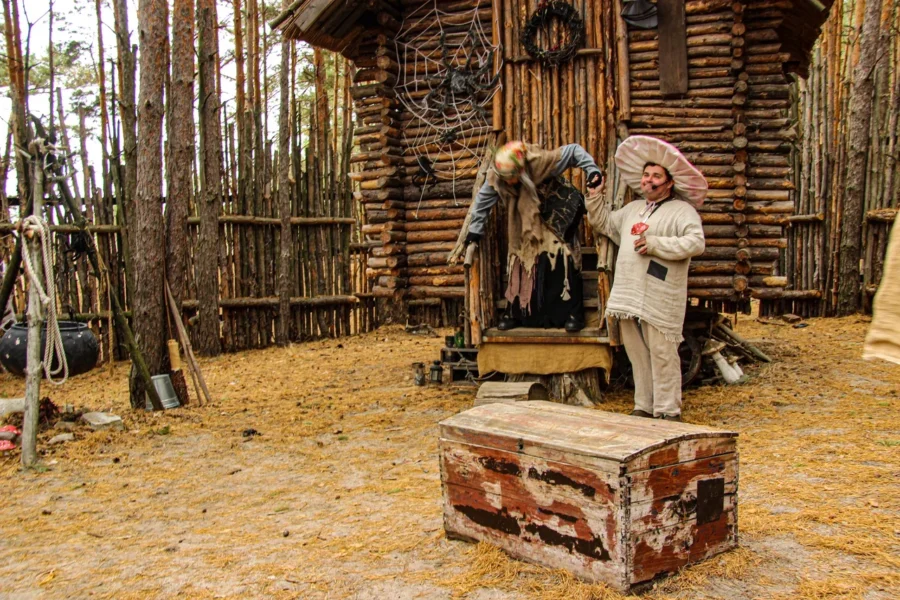
В этом парке также обитает местный Дед Мороз, который с радостью принимает письма и исполняет желания маленьких посетителей. Главное здание парка, старая земская школа, была построена ещё в 1913 году и теперь здесь проводятся мастер-классы и культурные мероприятия для детей.
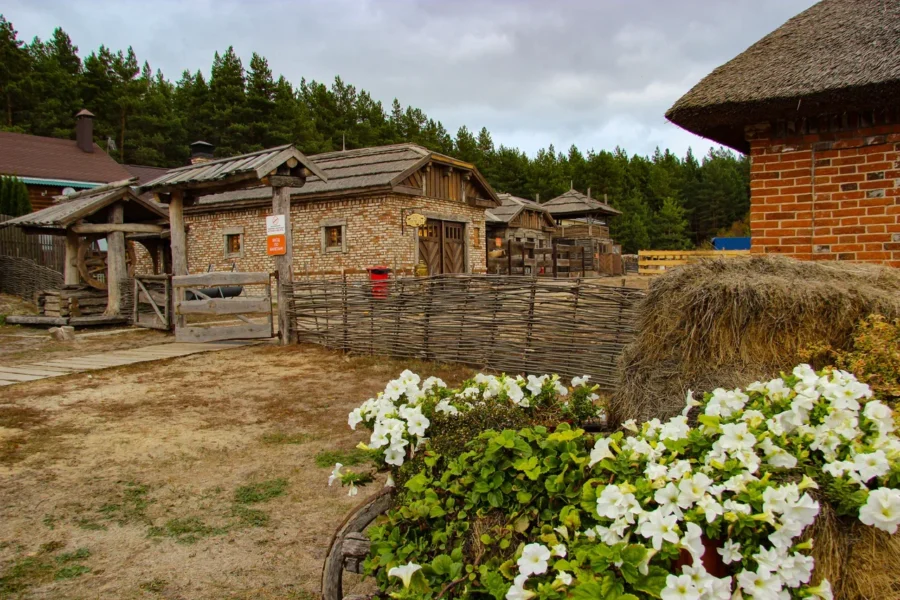
Кроме того, в «Нелжа.ру» вы найдете уникальную коллекцию глиняных игрушек и интерьеры деревенской улицы, которые помогут погрузиться в историю края.
Увлекательные приключения в океанариуме и парке аттракционов
По пути в Воронеж обязательным местом для посещения станет океанариум — единственный в Центральном Черноземье. Здесь вы сможете увидеть удивительных морских обитателей и насладиться зрелищем их кормления. Для юных биологов это будет настоящая находка.
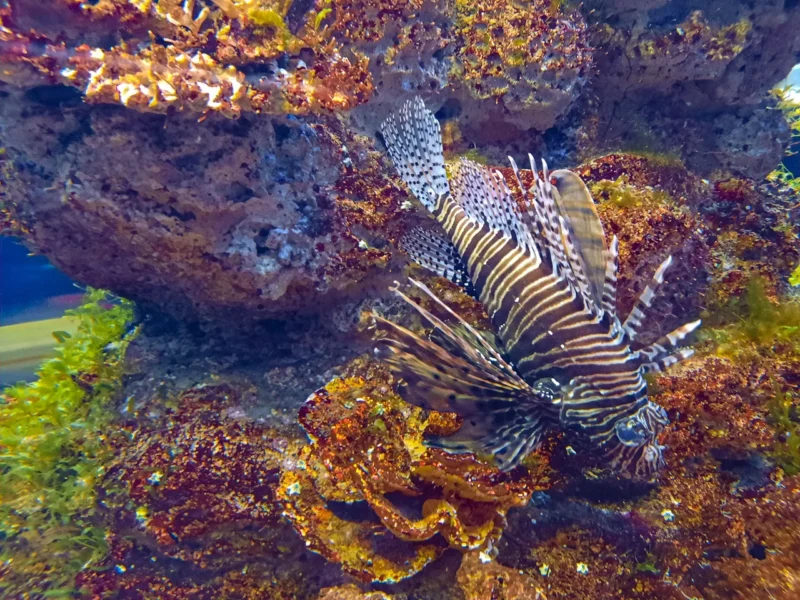
Находясь в тот же комплекс, вы сможете посетить крупнейший в Европе парк аттракционов — «Град».
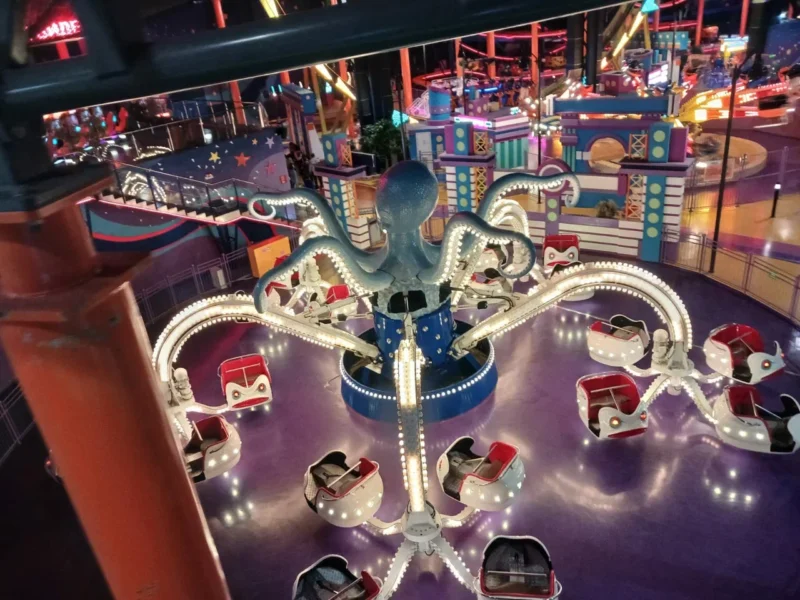
Здесь на вас ждут разнообразные аттракционы — от скоростных американских горок до безопасных каруселей. Все члены семьи могут найти развлечение по вкусу и провести время вместе в веселой и дружеской атмосфере.
Сельские радости и гастрономические удовольствия
После активного времяпрепровождения стоит остановиться для отдыха и восстановления сил на козьей ферме «Farm & Village». Здесь вы сможете познакомиться с местной флорой и фауной, а также попробовать настоящий фермерский сыр с козьего молока, приготовленный по традиционным рецептам.
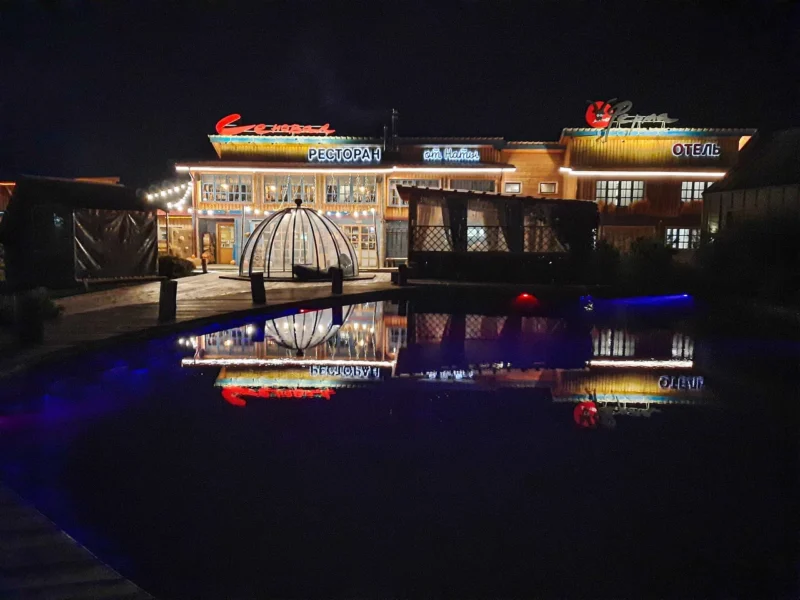
Ресторан с домашней кухней «Сеновал» предложит вам блюда, приготовленные из свежих местных продуктов. Это будет отличным завершением насыщенного дня и хороша возможность порадовать всю семью вкусным обедом.
Особое место в меню занимают десерты. Они словно сказочные шедевры, и трудно определить, кто от них в большем восторге: взрослые или дети.
Сколько корова даёт молока
Детям и их родителям предлагают увлекательное путешествие по животноводческому комплексу «ЭкоНива», которое демонстрирует путь популярного йогурта «от поля до магазина». Гостям экскурсии предоставляется возможность пообщаться с телятами и коровами, увидеть процесс производства сыра и молока, покататься на лошади, пройти через лабиринт и насладиться вкусными молочными подарками.

Программа начинается с визита к малышам-телятам, которые находятся в уютном доме до достижения трехмесячного возраста. Затем экскурсанты перемещаются к более взрослым особям, а затем и к полновозрастным коровам.
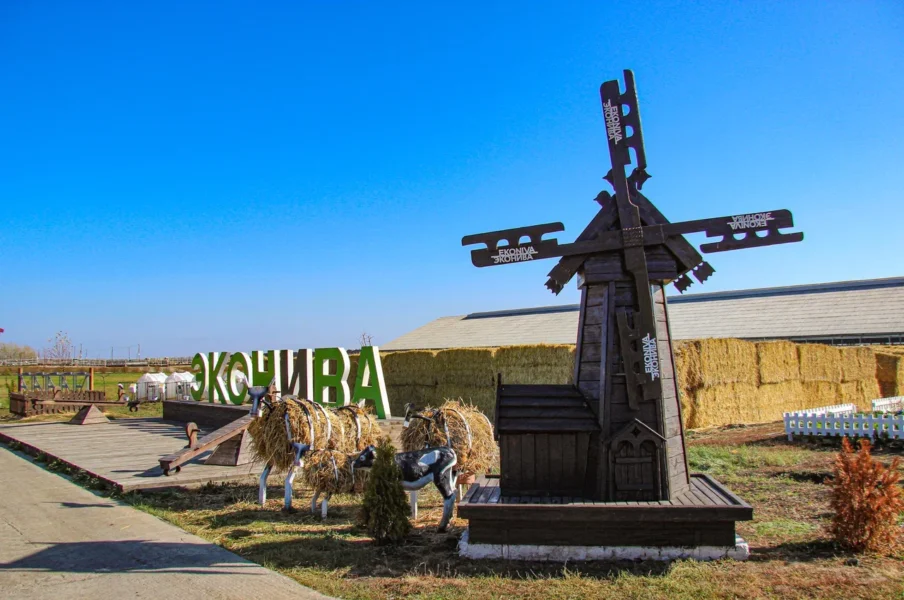
На ферме у каждого животного есть индивидуальный паспорт, что представлено в виде бережно прикрепленных бирок, содержащих всю информацию о них, которую можно быстро считать с помощью специального оборудования.
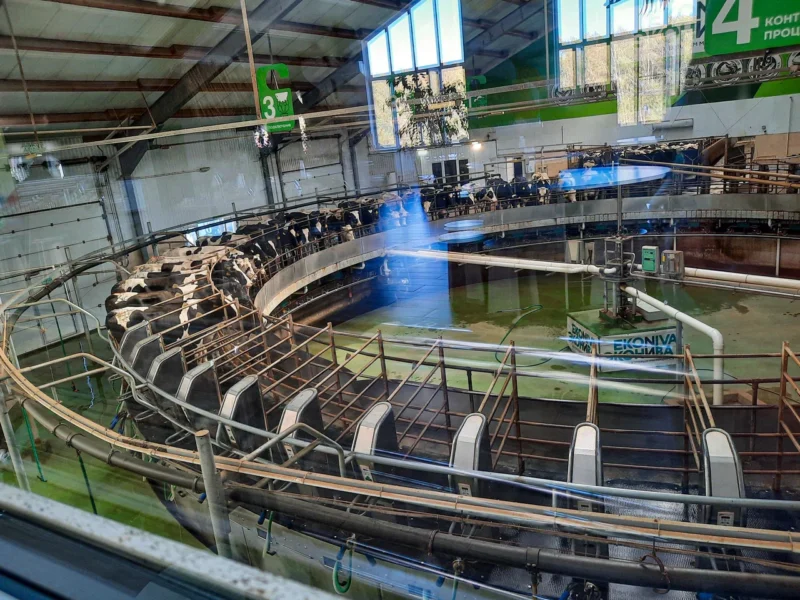
На смотровой площадке можно наблюдать, как проходит дойка на установке «карусель», где одновременно обслуживаются 72 коровы. Любопытно, что коровы хорошо понимают, что им делать: они самостоятельно заходят на платформу и спокойно стоят в ожидании. Молодые животные учатся у более опытных товарищей, когда приходят в первый раз.
Парк приключений «Белый колодец»
Всего в 15 километрах от Воронежа находится «Белый колодец» — обширный парк площадью 120 гектаров, превращенный из мелового карьера в место для активного и медитативного отдыха. Здесь каждый сможет найти себе занятие: оборудованный пляж, удивительная Тропа силы, Парк альпака и Ошка парк с дружелюбными собаками северных пород делают его идеальным для семейного дня.
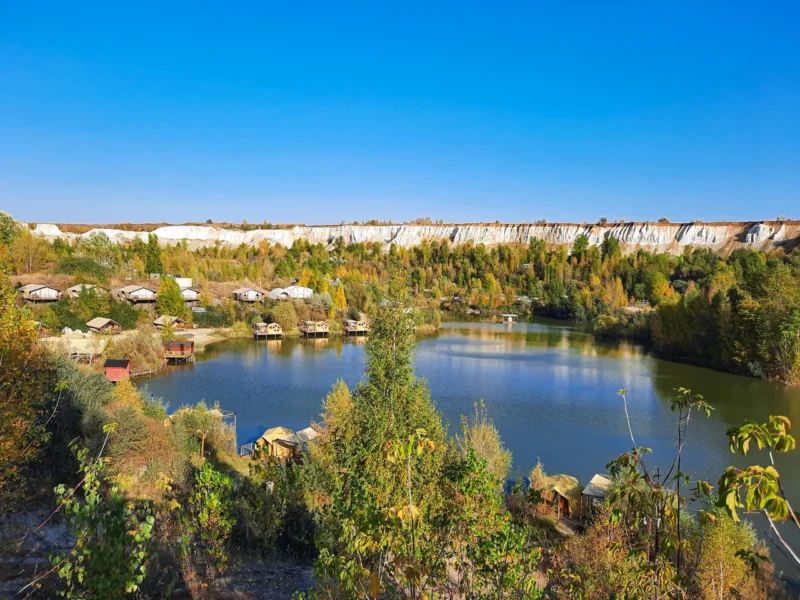
В Парке альпака недавно появились на свет очаровательные малыши, которые уже полюбили есть морковку. Корм можно получить у входа, так что каждый сможет покормить маленьких животных.
Тропа силы предлагает множество интереснейших арт-объектов, например, проходя через гигантскую «расческу», можно освободиться от негативных эмоций, что идеально подойдет перед началом нового учебного периода.
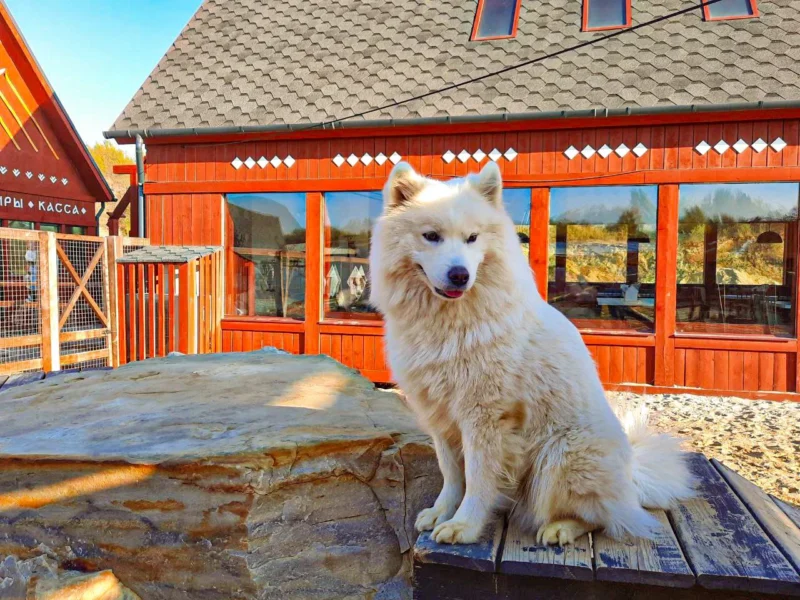
Кроме того, можно зарядиться позитивной энергией, прикоснувшись к огромным камням, что будет полезно к завершению года.
Автопробег под названием «PROстранствие: Семейные выходные в Воронежской области» организован Союзом «Евразийское содружество специалистов туриндустрии — ЕСОТ» совместно с АНО «Центр поддержки предпринимательства Воронежской области».
Маршруты
5 маршрутов, показывающих все лучшее в Ирландии
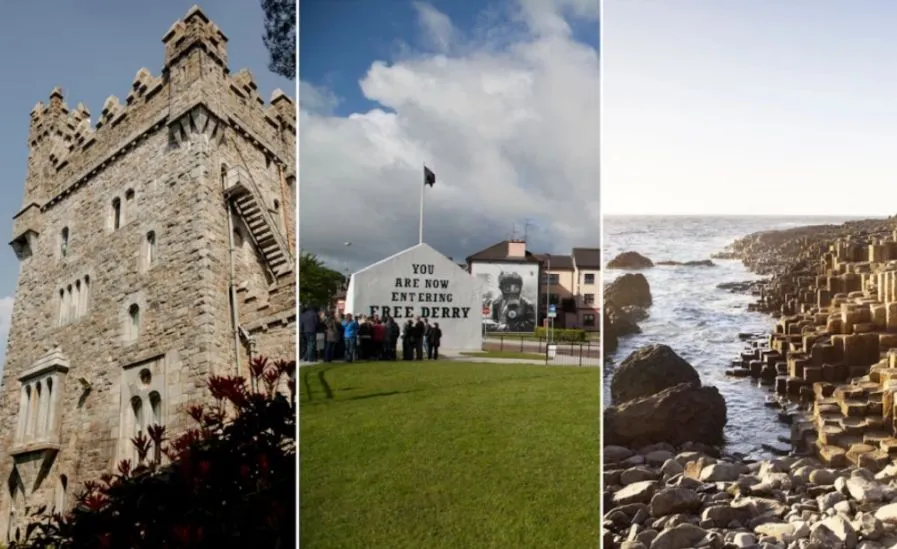
Ирландия, хоть и небольшая, предлагает множество впечатляющих городов, живописных побережий и увлекательных занятий. Вот пять маршрутов, которые помогут Вам спланировать идеальное путешествие. Они варьируются от 4 до 6 дней, но могут быть удлинены за счет остановок и отклонений к другим местам, либо объединены для создания недельного или двухнедельного путешествия. Какой бы маршрут Вы ни выбрали, впереди множество приключений!
Дикая Западная Побережье
Потребуется минимум 6 дней
Расстояние: 809 км
Дикий атлантический берег Ирландии предлагает захватывающие приключения и скалистые острова. На этом маршруте вы сможете насладиться великолепными морскими скалами, заняться серфингом, отдохнуть на безупречных пляжах, отведать устриц с бокалом пива Guinness и послушать традиционную музыку от лучших музыкантов страны.
Бантери: 1 день
Начните свое дикие приключения в Бантери, где можно посетить усадьбу Бантери XVIII века и ее прекрасные сады, а также попробовать мидий из Бантери Бэй. Если у вас есть желание, прокатитесь на автомобиле, велосипеде или поднимитесь на одноместной дороге к Призраку для живописного вида на залив. Затем отправьтесь на автомпробку по живописным полуостровам Mizen Head, Sheep’s Head или Beara.
Дингл: 1 день
Загляните в красочный портовый город Дингл, один из крупнейших гаэльтактных (говорящих на ирландском) мест. Посетите ремесленные магазины, выйдите на морскую прогулку для наблюдения за тюленями или займитесь каякингом, а в завершении дня вас ждет пинта в одном из местных пабов.
Клиффы Мохер: 1 день
Чтобы избежать толп туристов, приходите на Клиффы Мохер рано и прогуляйтесь по узкой тропе над Атлантическим океаном. Затем насладитесь видами с воды, совершив морскую экскурсию. Вечером отправляйтесь в близкую Дулин послушать традиционную музыку и поужинать морепродуктами.
Голуэй: 1 день
Начните день в одном из популярных кофеен Голуэя и насладитесь flat white или эспрессо, прежде чем отправиться на осмотр города пешком. Позже порадуйте себя устрицами и другими свежими морепродуктами. Вечером не пропустите традиционную музыку в пабы города.
Уэспорт: 1 день
Красивый запланированный город Уэспорт в графстве Мейо предлагает множество пабов и находится рядом с красивыми пляжами. Пройдите курс обучения серфингу, а затем загляните в бутики города. Либо начните день с хайка на священную гору Кроах Патрик, а затем посетите одну из традиционных музыкальных сессий в Matt Malloy’s.
Маршруты Коста-РикаМальта
Оптимальные направления для тех, кто хочет сочетать городскую суету и природные красоты
Часто перед нами встает дилемма: хочется посетить новый город, окунуться в его атмосферу, но в то же время не хватает природной красоты и свежего воздуха

Часто перед нами встает дилемма: хочется посетить новый город, окунуться в его атмосферу, но в то же время не хватает природной красоты и свежего воздуха. Начинаешь задумываться о барах, галереях, общении с местными жителями, но что-то все равно не так.
Но знаменитое выражение «Свежий воздух пойдет тебе на пользу!» по-прежнему актуально. Почувствовать землю под ногами и насладиться природой — это то, что действительно может дополнить твое путешествие. Мы свели для вас список из 5 лучших направлений, где можно насладиться и городом, и природой одновременно.
1. Берег Тамариндо
Начните свой день с чашки ароматного кофе в уютном городском кафе. Потом отправляйтесь на пляж Тамариндо на тихоокеанском побережье Коста-Рики и попробуйте свои силы в серфинге. Когда надоест волны, прокатитесь по заповеднику дикой природы, окруженному мангровыми зарослями. Здесь можно увидеть крокодилов, обезьян, колибри и других тропических животных. Вам даже могут присвоить звание заклинателя животных!
2. Кейптаун
Поднимитесь на гору Столовая, если вы любите пешеходные прогулки, и насладитесь восхитительным видом на пляжи Клифтона и море в движении заката. Затем окунитесь в культуру острова Роббен и отправляйтесь в сафари. Не забудьте заехать на мыс Доброй Надежды. Вашим друзьям в Instagram захочется повторить ваше путешествие!
3. Сингапур
Сингапур — город мечты. Здесь совмещены чистота, инновации, яркое архитектурное решение и культура Юго-Восточной Азии. Но за пределами города вы найдете Сады у залива — настоящее рукотворное чудо природы, где растут редкие растения, сады и яркие световые шоу. Не забудьте посетить остров Сентоза и другие потрясающие природные места.
4. Мальта
Мальта несправедливо остается незамеченной, когда речь идет о каникулах на Средиземноморье. Великолепные города Валлетта и Мдина со своей тысячелетней историей смешиваются с современными кафе и древними руинами. А Голубая лагуна и скалы Дингли украшают природу Мальты своей неповторимой красотой. А еще здесь можно заняться дайвингом во время изучения английского языка!
5. Сан-Франциско
Сан-Франциско — один из культурных центров США. Это место, где родилось бит-поколение, а знаменитые достопримечательности, такие как мост Золотые Ворота и Алькатрас, привлекают множество туристов. Если сесть в автобус или машину и отправиться в любом направлении, то можно побывать на Биг-Суре и шоссе Тихоокеанского побережья, в Йосемитском национальном парке и величественном лесу из красного дерева.

















